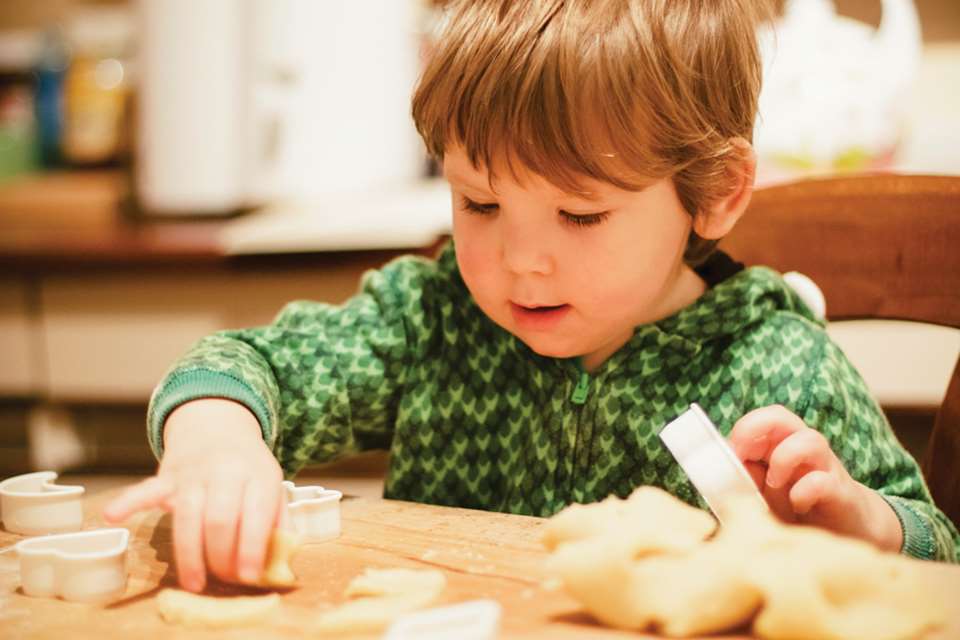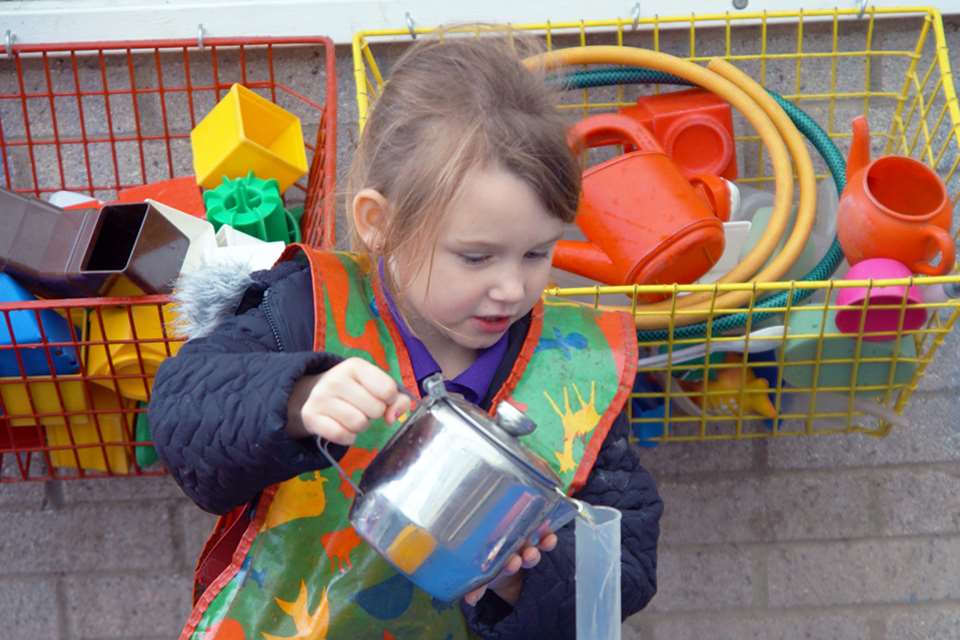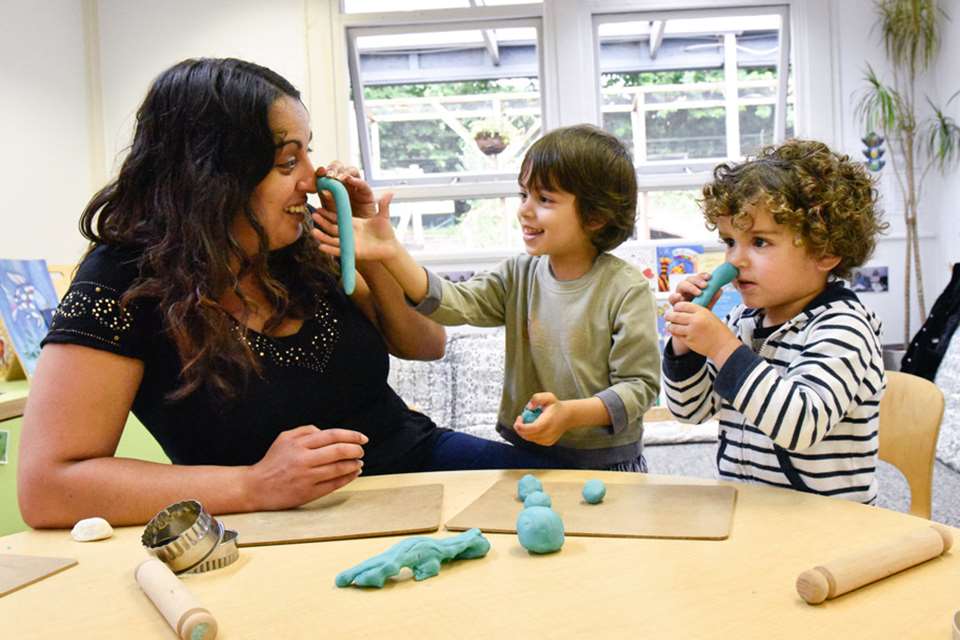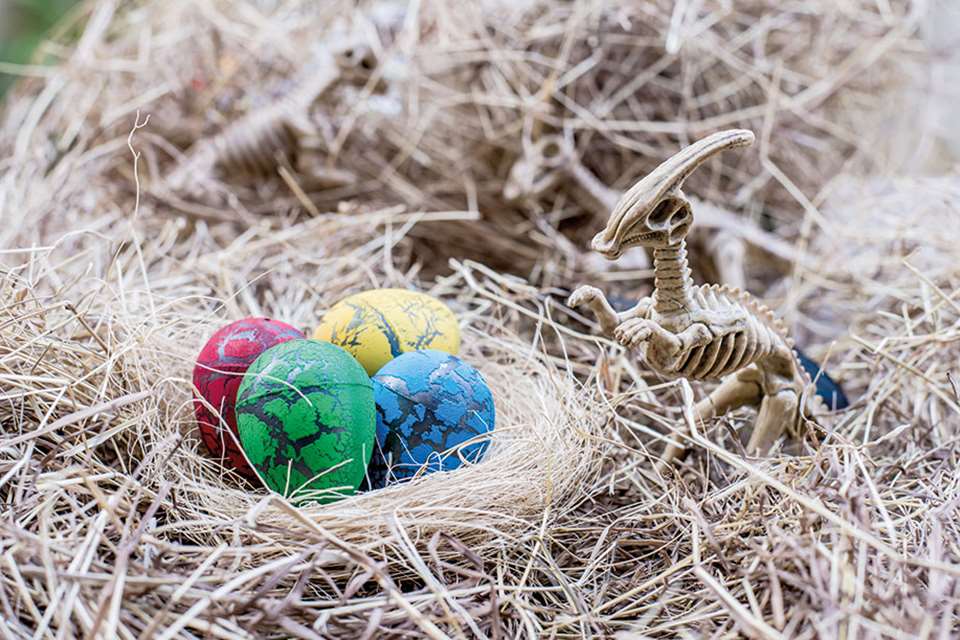Mathematics: Get in line?
Monday, April 30, 2018
Evidence is growing for an experiential approach and a broader curriculum to be adopted for maths teaching in the early years, reports Meredith Jones Russell

[asset_library_tag 1731,Download the PDF of this article]
The early learning goals (ELGs) for Mathematics will be reviewed and revised to ensure they support children to develop the right building blocks for learning at Key Stage 1 (KS1). The alignment of maths in the EYFS with the subject in Year 1 and throughout the National Curriculum was a key focus of Ofsted’s Bold Beginnings report.
The report noted effective maths provision often uses content from the Year 1 curriculum to plan and teach in Reception, and while Ofsted did not specifically advocate this approach, there are concerns from the early years sector that the review will tackle early years maths from the top down.
Di Chilvers, early childhood education consultant, says the approach should be the reverse. ‘The logical process of development and learning begins from birth,’ she explains. ‘Children, in the main, will always be moving forwards with their development, and we need to tune into this forward momentum to ensure that as children move from Reception into Year 1 there is a smooth transition of development. This means the “join” between the two should be based on the transition of pedagogy from Reception into Year 1, definitely not the other way around.’
Elaine Bennett, maths trainer and EYFS and Year 1 leader at Friars Primary School and Nursery in Shoeburyness, agrees. ‘Ofsted asked as part of Bold Beginnings, “to what extent is the Reception curriculum fit for purpose in preparing children for the demands of the National Curriculum?” The real question is, “to what extent is the National Curriculum fit for purpose in building on the EYFS?”’
MATHS MASTERY
Bold Beginnings suggested maths lacked appropriate teaching schemes, with some schools adapting Key Stage 1 programmes for use in Reception. One such programme that has become increasingly common in KS1 and 2 is Mathematics Mastery. However, Ms Chilvers is concerned that the programme is leading to top-down pressure on the specific understanding of ‘mastery’ within the EYFS.
‘The use of the term “mastery” and how this is defined by the programme in Key Stages 1 and 2 is worrying in relation to what this may look like in the EYFS,’ she says.
‘As Professor Kathy Sylva found, child-led play and sustained shared thinking in which children are supported by adults to develop ideas leads in fact, in the EYFS, to “mastery orientation”, where children believe in themselves and their own efforts.’
FOCUS ON PROCESS
Early Excellence’s 2017 report on the Reception year, The Hundred Review, expressed concern about a ‘disconnect’ between Reception and Year 1, and highlighted a shift from emphasis on process and content in Reception to solely content in Year 1.
Dr Jennifer Thom of the University of Victoria, Canada, says process must be emphasised in any review of the maths ELGs: ‘Children, for example, are always halving, sharing and doubling, whether it’s with collections, in nature or with their toys. But when we present these ideas just as content, we don’t pay attention to where they occur naturally.
‘Mathematical content then becomes abstract and disconnected from where ideas emerge. I have no difficulty with the concept of goals, but I’m looking at the context and process and emphasis on understanding. If we see maths as abstract, fine, goals are abstract. But if we see maths as coming from life, I would ask where these goals come from. Maths is often described as patterns. That means connections, relationships which connect us with the world. Mathematics is a way of perceiving, interacting and being in the world. It’s skipping, singing a song, cooking together or walking in a park. So, when I see these isolated concepts, I think, what are they connected to?’
Drs Maulfry Worthington and Elizabeth Carruthers, PhD students at VU University, Amsterdam and the University of Bristol respectively, also criticise the existing guidance as providing ‘only a list of desired “skills” without any acknowledgement of the understandings children bring’.
Drs Carruthers and Worthington, who have carried out research into ‘bi-numeracy’, bridging the gap between children’s own mathematical experiences and formal techniques to create a fluency in both, say a lack of reference to the ‘written’ aspects of mathematics through children’s own marks, symbols and signs is ‘a glaring omission’.
They explain, ‘The use of signs and other graphical representations constitute an important and integral feature of maths and can support young children’s developing understandings and confidence in communicating their ideas of the abstract symbolic language of mathematics.’
NUMBERS
The Teaching Schools Council’s Effective Primary Teaching Practice report, published in 2016, notes the counting-based approach in the ELG for numbers is at odds with research showing ‘composition of number’ is critical to progress, while counting is ‘a strategy relied on disproportionately by low attainers’.
Dr Thom also questions the numbers goal. ‘Why would you want to count reliably from one to 20?’ she asks. ‘Why “in order”, and in which order? I would want to expand this content to become networks and clusters of ideas.’
Mrs Bennett agrees. ‘The current ELG for numbers is often misinterpreted and this can lead to it becoming inappropriate for many. The time is right to review it.
‘Counting on and back to solve problems looks very different for a child aged four or five than for a six- or seven-year-old. For young children, counting on and back is about learning actively, moving, jumping, playing board games and other meaningful contexts, not just recording jumps on a small printed numberline with a pencil they are still learning to control. The same goes for doubling, halving, sharing.’
Dr Thom believes the approach of the ELGs is symptomatic of a wider perception of maths as predominantly number-focused.
‘The “numbers” ELG is very specific, while “Shapes, space and measures” is general. And number comes first. That’s very interesting. As if numbers aren’t spatial! There’s this idea of “number sense” and “spatial sense” as separate concepts rather than [being] together.’
SPATIAL REASONING
Spatial sense, active play and movement as enhancing mathematical understanding are theories growing in prominence in early educational theory.
‘Spatial reasoning is a new research field, and one that is becoming increasingly important as the gap between mathematical knowledge and the skills demanded by an ever-evolving workplace grows wider and more critical, particularly in STEM professions,’ explains Lala Manners, director of Active Matters. Children’s spatial skills at three years old are a strong predictor of mathematical performance aged five, and are considered a much better predictor of future school performance than language or maths itself.’
Dr Manners argues maths is inherently spatial. ‘We need to ensure young children have the confidence and competence to use mathematical concepts freely and imaginatively, without having to prove anything on paper or continually repeat “numbers” for no good reason,’ she says.
Dr Thom agrees the physical is inevitably linked to the mathematical. ‘Maths was held in such high regard, and physical things seen as lesser, that over time maths was taken as very abstract, static and still. But maths is dynamic, alive and always changing. When we look at how young children develop maths, it’s active. Neuroscience is finding now that children learn best by doing – engaging their senses to make sense. We can only know the maths our body lets us know. When I touch a flat surface, how do I know it’s flat? It’s what my body tells me as it contacts the surface. It’s not just the surface, not just my hand, but the interaction between them. My body has to learn to perceive that as flat.’
Dr Thom says she uses the term ‘embodied’ to describe this process, but clarifies, ‘That does not just refer to maths in human bodies, but maths embedded in culture. It’s all intertwined. Educators may develop this idea on their own, sure, but does it need to be brought out and emphasised to them? Yes.’
ADULTS AND MATHS
Practitioners’ views of maths also affect the way it is taught. The Bold Beginningsreport acknowledged teachers were not always as confident teaching mathematics as they were literacy.
‘We need to change how we as a nation view maths,’ says Mrs Bennett. ‘The fact that many of us think we are rubbish at such an important subject impacts not only on how we plan for maths but also how children experience it in their early years. There is definitely a national need for high-quality maths CPD. Every child can succeed mathematically with high-quality early years provision delivered by a skilled and confident workforce.’
Despite sector concerns, many experts are keen to stress that the EYFS and the ELGs should not be written off too easily, and that any changes must be evidence-based.
‘There isn’t necessarily anything wrong with the EYFS,’ says Ms Chilvers. ‘It is a really robust document, and its themes and principles are an absolutely sound, informed basis on which to build. We need to remember the ELGs have grown out of previous iterations of the EYFS and have been underpinned, in the main, by appropriate thinking and research on children’s development.’
What is vital, adds Mrs Bennett, is ‘that the expertise is sought of groups such as the Early Childhood Maths Group and National Numeracy. It is absolutely crucial that any changes are in line with all the current research and evidence around early mathematical development.’
MORE INFORMATION
http://earlyexcellence.com/wp-content/uploads/2017/05/EX_TheHundredReview_ExecutiveSummary.pdf
‘All About… spatial reasoning’ and ‘All About… embodied learning’ by Dr Thom are at www.nurseryworld.com








